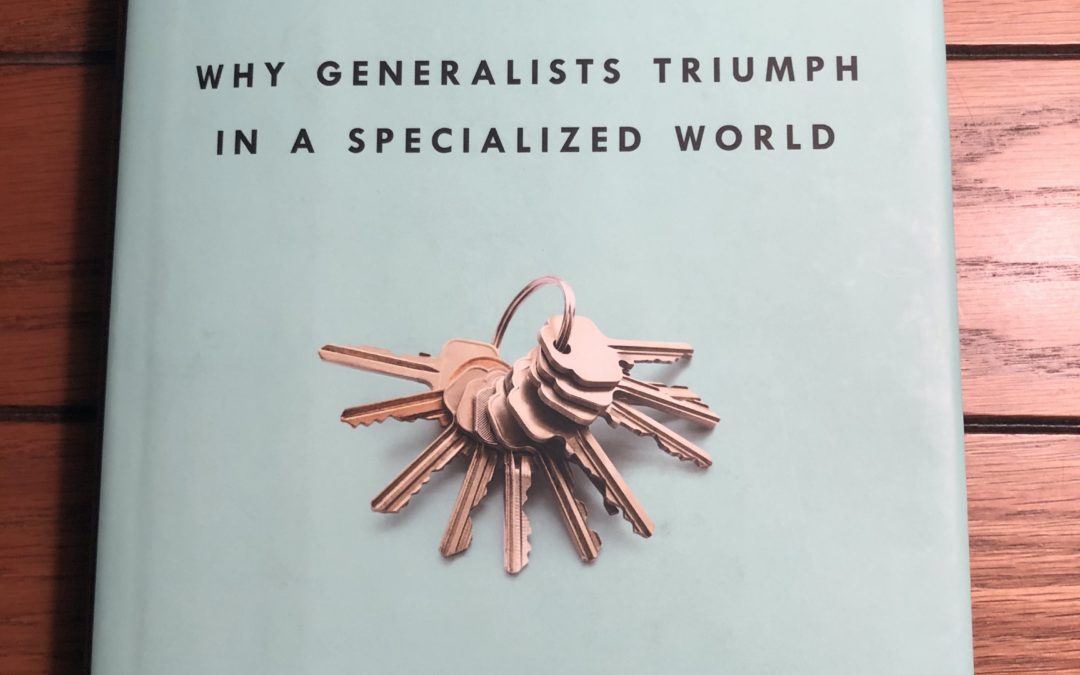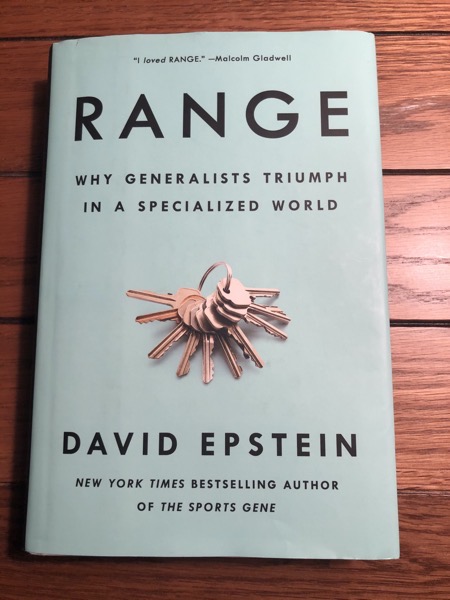by Gary Mintchell | Jun 24, 2020 | Education, Software
Companies once upon a time gave me copies of their software to play with and try. Software has become so large and complex over the past 20 years, that I haven’t been able to play with software for a long time.
Enter an interesting idea. Imagine a version of a powerful SCADA, HMI, IoT software that you, yes you, can try out at home. Build a home automation system. Do a bill-pay routine. Let your imagination take you places.
For, yesterday, Inductive Automation announced the release of Ignition Maker Edition. This new software platform gives people free, personal access to the industrial-grade Ignition by Inductive Automation. Ignition is an industrial application platform with tools for building solutions in human-machine interface (HMI), supervisory control and data acquisition (SCADA), and the Industrial Internet of Things (IIoT). Ignition is used in virtually every industry, in more than 100 countries.
Ignition Maker Edition is free for non-commercial users and takes just three minutes to install. It enables people to bring innovation home, allowing them to easily create their own “control rooms” for personal use. “I use Ignition for my home automation system and to manage my bills,” said Travis Cox, co-director of sales engineering at Inductive Automation. “Ignition is an ideal tool because it connects to anything and gives me the flexibility to customize the solution the way I want it. And I can access it anywhere.”
Ignition Maker Edition is not intended for industrial, professional, or commercial use. It was designed as a free tool for hobbyists, students, and individuals wanting to familiarize themselves with the Ignition platform. It is cross-platform, and uses trusted technologies like SQL, Python, OPC UA, and MQTT — allowing users to connect to just about any kind of database, PLC, and device.
People can use it to automate the lights in their home, manage a personal weather station, or to build projects for other personal activities. The software is so flexible, it can be used to turn all kinds of ideas into reality. Users can add charts, tables, voice notifications, sophisticated logic systems, and more. Ignition Maker Edition gives users the power to create customized dashboards. Users can collect data, get real-time analytics, and manage multiple devices.
Ignition Maker Edition is nearly identical to Ignition and includes many of the same core modules that make Ignition so popular with industrial users. It includes the Ignition Perspective Module, which brings powerful new capabilities to phones and tablets. Other modules, also included, enable database connections, alarm notifications, OPC UA functionality, tag historian, reporting, and more. The software also supports MQTT modules from Cirrus Link Solutions.
Ignition Maker Edition is the perfect personal tool for those who use Ignition at work. “The same individuals who are using Ignition every day to optimize production lines, track energy usage, and monitor operating conditions can now apply all that knowledge to their personal projects,” said Colby Clegg, vice president of technology for Inductive Automation.
The release was announced today on Ignition Community Live, a weekly series of webcasts featuring Inductive Automation experts and special guests. A recording of the presentation about Ignition Maker Edition will be available soon at Inductive Automation’s Videos page and YouTube channel.

by Gary Mintchell | Oct 15, 2019 | Commentary, Education, Personal Development
This is a post about education, personal development, and why you should be a generalist.
Tiger Woods was trained almost from the cradle for one thing–to be the greatest golfer.
Roger Federer tried many sports. He loved soccer. Even though his mother was a tennis teacher, he didn’t pick up tennis until his early teens. Other kids had been playing for years by then. He soon passed them by and into his thirties is a dominant tennis star.
You need to be good at something, but it is good to be interested and experienced in many things.

I have a book to recommend. Range: Why Generalists Triumph in a Specialized World, by David Epstein. This book will help you learn to live a fuller life–and help you bring up your kids and encourage your grandkids.
Life in the industrial age, as well as in some previous eras, was composed of patterns. You could be trained to recognize patterns and adapt and become skilled at them. These are called “kind” learning environments. Kids excel who see and repeat the patterns.
Life today is what a psychologist call a “wicked” learning environment. Here, the rules of the game are often unclear or incomplete, there may or may not be repetitive patterns, and they may not be obvious, and feedback is often delayed, inaccurate or both. In most devilishly wicked learning environments, experience will reinforce the exact wrong lessons.
So, let’s look at responding to today’s “wicked” learning environment. “The bigger the picture, the more unique the potential human contribution. Our greatest strength is the exact opposite of narrow specialization. It is the ability to integrate broadly.” This all sounds great. But what about what I read in the news as the “typical Trump voter” who is a worker trained in the old way watching his job being replaced. And who is the leader who is poised to take them to this next level? Well, no one. Just leaders who play to their fears.
There are some courageous leaders changing the system for educating young people so that they can thrive in this new environment. We just have to have more of that. More people guiding young people—and older people, as well—need to take into practice this advice from psychologist and creativity researcher Dean Keith Simoton, “Rather than obsessively focusing on a narrow topic, creative achievers tend to have broad interests.” Modern work demands knowledge transfer—the ability to apply knowledge to new situations and different demands. In my life I have worked with both highly educated engineers AND high-school-educated technicians who exhibit this. More must be encouraged.
For those who, like me, studied broadly as an undergraduate and didn’t care much about grades, take this observation from professor and researcher James Flynn who was “bemused to find that the correlation between the test of broad conceptual thinking and GPA was about zero. Flynn, “The traits that earn good grades at [the university] do not include critical ability of any broad significance.
Here is a tip for those who teach at any level. When asking a student a question, force them to answer, even if it is wrong. Then just force them to answer again. And again. Until they get it right. Giving them hints to guide a correct answer quickly provided fewer long-term results than the first method. “Repetition is less important than struggle.”
Oh, and in a test of forecasting, experts were far worse than “amateurs” getting it right!
How does one adapt? By reading widely. Pursue several interests. That will be the human triumph in an age of robots.

by Gary Mintchell | Jun 27, 2019 | Manufacturing IT, Podcast
I’ve been busy behind the microphone lately. Here is news about my latest Gary on Manufacturing podcast (I’m taking suggestions for a new name since I cover a much broader area than manufacturing) plus a conversation I had for an SAP-sponsored podcast with the famous Tamara McCleary for a series called TechUnknown. Finally, I will refer you to an education resource Website.
Gary on Manufacturing 191
Podcast 191–If we are ever going to finally bring IT and OT together, indeed break through all of a company’s silos, it will be through adopting coaching as a key component of the manager’s tool kit. I reference Trillion Dollar Coach by Schmidt, Rosenberg, and Eagle—a book about legendary Bill Campbell and how his coaching made the difference for executives at Google, Apple, and many more Silicon Valley companies. I also take a look at another Bill—Bill Gates—whose 10 top tech trends and 10 top challenges to solve appeared in this spring’s MIT Technology Review.
TechUnknown Podcast
I had an entertaining and informative conversation with Tamara McCleary. How do you manage the human element of automation & #AI adoption? I share my thoughts on real-life applications for #IIoT with @TamaraMcCleary on the @SAP #TechUnknown podcast.
Earn a Masters Degree
Industries of all sorts have a need for data scientists. I heard from a publicist for a Website that consolidates and explains degree programs in that area. If you or someone you know wants career advancement or change, check out this page.

by Gary Mintchell | May 24, 2019 | Software, Technology
I flew to Orlando May 22 as a guest of Siemens along with a select few other “influencers” to be introduced to a number of innovation projects fueled by Siemens technology. We met at the Dr. Phillips Center for Performing Arts in downtown Orlando (did you even know there was a downtown?), which itself is filled with Siemens equipment. There are few companies in the industrial area which I cover that have the vision and execution that Siemens is exhibiting right now.
By the way, there is a fantastic little taco place in downtown Orlando. Email or DM on Twitter, and I’ll share the name. Greg Hale of ISSSource.com and I had dinner there Wednesday. We agreed—among the best tacos we’ve had.
Barbara Humpton, CEO Siemens USA, led with an overview. Siemens has made a greater than $1B investment in R&D in the US with 7,000 engineers churning out 700 inventions per year.
She introduced former stunt man and motorcycle racer turned CEO Mike “Mouse” McCoy, CEO & Founder of HackRod. McCoy built on a foundation of Siemens PLM and SolidEdge CAD. He added a gaming engine. He was able to use VR for design reviews, interference checking, and simulation during the design process. We followed along with design and review of a new motorcycle. A few parts required somewhat exotic materials. Oak Ridge National Labs printed the parts from the design files downloaded from HackRod. The design teams were in Ventura, CA and Princeton, NJ with input from Munich, Germany. Collaboration was not a problem.
Beginning of design until component parts shipped to Orlando—2 weeks. The parts arrived Tuesday. McCoy and a partner assembled the motorcycle on Tuesday evening and wheeled (not drove) it onto the stage Wednesday about 1:30. Not bad? Heck, in my early career, we couldn’t have done a foam-core mock up in that time frame.
One thought McCoy left us with. “We need to talk STEAM, not just STEM—science, technology, engineering, arts, math.” It is now possible for artists and designers to be an intimate part of the team going from art to finished product quickly. 3D printing from PLM files. Way cool.
How about a high school mechanical design student given a project to provide a lighter prosthetic foot for an Army vet? Humpton introduced 18-year-old high school student Ashley Kimbel who had undertaken just such a project. She worked with the veteran to analyze his current “foot” looking for areas where weight could be eliminated. Then she had to learn how to fabricate and manufacture the device. We saw films of the veteran running with Ashley proving out the new prosthetic.
This is a long way from projects I had as a 17-year-old senior. Education and technology have come a long way in a lifetime. Oh, and her future? She wants to work in bioengineering designing and 3D printing organs. She will be working on that during her tenure at UAB. She is going to make a difference for many people.
I have many more ideas and conversations to capture. This will serve for now.
Check out #SiemensInnovates

by Gary Mintchell | Oct 23, 2018 | Education
I had a problem in school–actually several. One was maturity. But then I grew up, finally. The big one was I was always asking why. Followed by its companion, “How do you know that is true?”
Rudyard Kipling had six honest serving men who taught him all he knew. I had two and forgot about the ones that the professors wanted–what, when, who, and where. A couple of professors taught thinking. Most asked for memorization.
I collect ideas about education. The Abundance Newsletter from Peter Diamondis should be on your reading list. He’s the X-Prize guy. He also thinks completely off the wall. You probably will only agree with half of his ideas, but the rest will change your life.
He was recently thinking about learning and compiled a list that is congruent with thoughts I have propounded for years. Try these on for size–and for practice:
For me it’s about passion, curiosity, imagination, critical thinking and grit.
-
Passion: You’d be amazed at how many people don’t have a mission in life… A calling… something to jolt them out of bed every morning. The most valuable resource for humanity is the persistent and passionate human mind, so creating a future of passionate kids is so very important. For my 7-year-old boys, I want to support them in finding their passion or purpose… something that is uniquely theirs. In the same way that the Apollo program and Star Trek drove my early love for all things space, and that passion drove me to learn and do.
-
Curiosity: Curiosity is something innate in kids, yet something lost by most adults during the course of their life. Why? In a world of Google, robots and AI, raising a kid that is constantly asking questions and running “what if” experiments can be extremely valuable. In an age of machine learning, massive data and a trillion sensors, it will be the quality of your questions that will be most important.
-
Imagination: Entrepreneurs and visionaries imagine the world (and the future) they want to live in, and then they create it. Kids happen to be some of the most imaginative humans around… it’s critical that they know how important and liberating imagination can be.
-
Critical Thinking: In a world flooded with often-conflicting ideas, baseless claims, misleading headlines, negative news and misinformation, learning the skill of critical thinking helps find the signal in the noise. This principle is perhaps the most difficult to teach kids.
-
Grit/Persistence: Grit is defined as “passion and perseverance in pursuit of long-term goals,” and it has recently been widely acknowledged as one of the most important predictors of and contributors to success.










